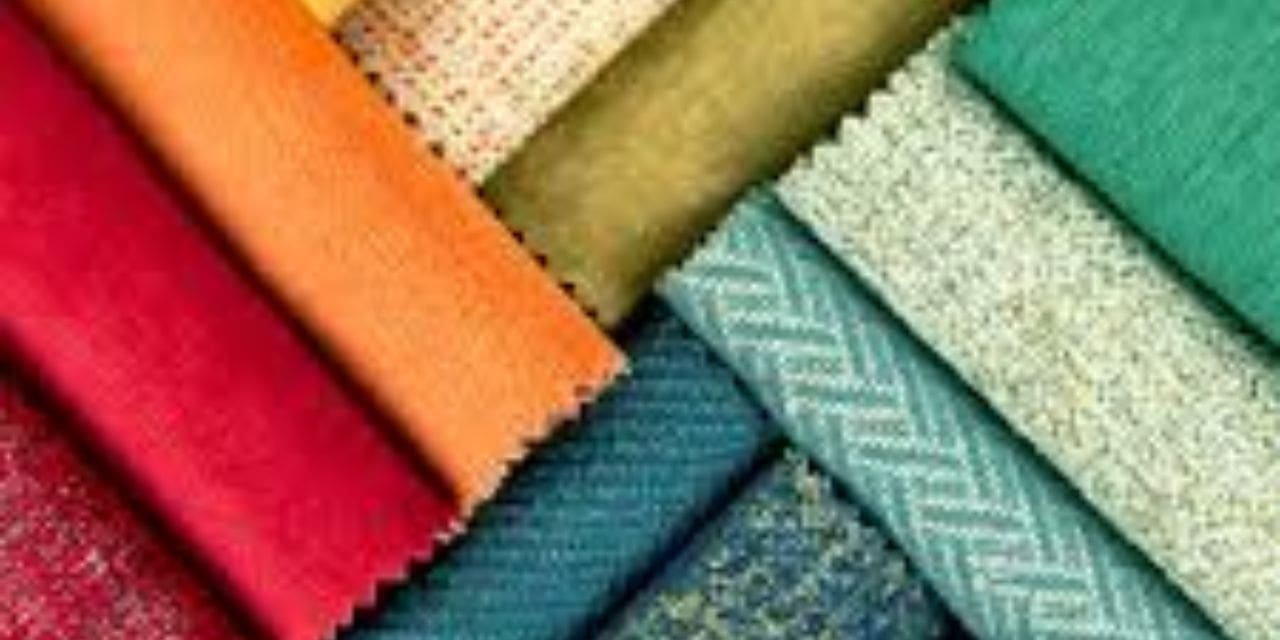By Prof. (Dr.) N B Timble PhD(USA)NCSU Associate Professor of Textile Technology
DKTE
Abstract
In this paper initially the meaning of interfacial forces in fabrics is given. Then the importance of fabric friction is mentioned. Then the importance of friction in various processes of apparel manufacturing is presented by photographs. Then the critical review of literature is given. Then the comparison of frictional behaviour between metals and textiles is demonstrated. Then the objectives of this paper are stated. Then the outline of methodology and results are stated. Then the method of determining fabric friction is stated. Then the characterization is done of frictional behaviour. Then the sample size and reproducibility of the fabric friction instrument developed is determined. Then the graph of variation of frictional parameters and coefficient of friction for both fabric on fabric and fabric on metal friction among the commercial fabrics plotted is presented. Then the major problem in analysis of result in commercial fabrics is mentioned followed by solution. Then the experimental work using model fabrics is described. Then the fractional factorial design is described. Then the statistical results of fabric on fabric friction is described and next step is suggested. Then the augmented experimental design is described. Then the model equations predicting fabric frictional behaviour as a function of filling yarn twist multiple and picks per inch is described. Then the predicted model curves for fabric friction parameters as a function of picks per inch and filling twist multiple is described. Then the model equations and graph predicting frictional behaviour as a function of filling yarn twist multiple and picks per inch are mentioned. Then the general conclusions on effect of twist and picks per inch on fabric on fabric friction parameters are stated. Then the explanation of the results for decrease in c with increase in twist and picks per inch are stated.
Then the experimental procedure to determine fabric compressibility coefficient is stated. Then the estimation of relative area of contact in model fabrics is described. Then the relative area of contact in model fabrics is described. Then the relative yarn crown height in model fabrics is described. Then the calculations of surface area of warp and filling yarns in model fabrics is described. Then the explanation of increase in friction parameters n with increase in Twist and Picks per inch is described. Then the explanation for negative correlation between n and c is described. Then the relationship of coefficient of friction with fabric friction parameters is described. Then the effect of twist and picks per inch on coefficient of friction at various levels of normal pressure is described. Then the explanation of effect of twist on coefficient of friction at different levels of pressure are described. Then the explanation of picks per inch on coefficient of friction at different levels of pressure is described. Then the general conclusions on effect of twist and picks per inch on coefficient of fabric on fabric friction is sated. Then the effect of fabric structure (denier, twist, picks per inch and finish) on fabric on metal frictional behaviour is stated. Then the decription of model fabrics used to study the effect of fiber and Yarn type is given. Then the effect of fiber type and fabric on fabric friction is described. Then the effect of yarn type on fabric on fabric is described. Then the effect of fiber type and yarn type on fabric on metal friction is described. Then the general prediction of fabric frictional behaviour from fabric compressibility coefficient and relative area of contact is given for both model and commercial fabrics respectively. Then the effect of sliding speed on frictional parameters and coefficient of friction are described. Finally general summary and conclusions are stated along with recommendatons for future work.

